Beyond Symptom Relief: Understanding Regenerative Medicine
Regenerative medicine may sound like a new trend, but this innovative field has been used in surgeries since the 50s and 60s — and we still use ancient practices and techniques that were discovered and recorded over a thousand years ago!
You may be more familiar with specific forms of regenerative medicine, like bone marrow transplants. However, there are several different therapies that fall under this area of focus that work to heal and repair damaged tissue.
As an experienced orthopedic surgeon, Dr. Jared Tadje relies on stem cell treatments and platelet-rich plasma therapy. He had these insights to share on how he uses regenerative medicine at Tadje Orthopaedics in Meridian, Idaho.
Understanding Regenerative Medicine
Unlike traditional medical treatments that focus on your symptoms, the field of regenerative medicine works to trigger the healing process in your body. So, instead of treating your symptoms alone, regenerative therapy heals or repairs the damage triggering them.
To activate the healing process, regenerative medicine relies on powerful cells in the human body. There are several different types involved in the healing process — including stem cells and platelets — and Dr. Tadje administers them through a therapeutic injection.
How Stem Cell Therapy Works
Stem cells are a powerful healing substance in your body because they have the ability to become almost any kind of tissue, including fat, muscle, cartilage, and bone.
You can find these “building block” cells in a wide range of adult and embryonic tissue — including bone marrow, fat, and umbilical cords or amniotic fluid — but their source can determine their potency when used in regenerative medicine.
When you have a stem cell treatment, we harvest stem cells from your own bone marrow to create your infusion. If you prefer, we can use stem cells from an amniotic source instead. However, early research shows that amniotic tissue could actually have a lower number of stem cells than those derived from adults.
After preparing your infusion, Dr. Tadje injects the concentrated stem cells directly into your damaged tissue.
How Platelet-Rich Plasma (PRP) Therapy Works
Platelet-rich plasma therapy, or PRP, relies on the vital platelets in your blood that help with clotting. When harvested for PRP, they release additional chemicals — including at least 30 proteins — that provide a healing boost when used for therapeutic purposes.
Your PRP infusion comes directly from your own blood. First, we draw a sample. Then, we put it in a centrifuge for a few minutes to separate the powerful healing agents. Similar to stem cell therapy, Dr. Tadje uses a needle to inject the concentrated PRP infusion into the area of your body causing your symptoms.
When to Consider Regenerative Medicine
Regenerative medicine can offer numerous benefits for a variety of muscle, joint, or soft tissue problems.
At Tadje Orthopaedics, Dr. Tadje offers stem cell treatments for tissue injury or inflammation, including arthritis. PRP also helps with a variety of conditions, ranging from tendinitis and tendon tears to fractures and arthritis. You can also use regenerative medicine treatments in combination with surgery or physical rehab programs to help support the healing process.
Note: At this time, insurance usually doesn’t cover treatment costs, but Dr. Tadje can make personalized recommendations about whether stem cell therapy or PRP could offer results worth pursuing despite the cost of treatment.
What to Expect From Regenerative Medicine
Regenerative medicine therapies typically come with few side effects or risks and are well-tolerated. You may notice some mild tenderness, inflammation, or redness at the injection site, but this indicates the healing process is underway.
You can usually resume normal activity immediately, but Dr. Tadje offers specific recommendations based on your treatment and condition. However, you should not expect immediate results following your appointment. Unlike other therapies that offer instant relief, regenerative medicine works by healing your body, not masking your symptoms. That means it can take weeks and months for you to notice changes in the treatment site as healthy tissue returns to the area.
Ready to learn more about regenerative medicine, stem cell therapy, and PRP? Schedule a consultation with Dr. Tadje by calling 208-231-7851 or by requesting an appointment online today.

